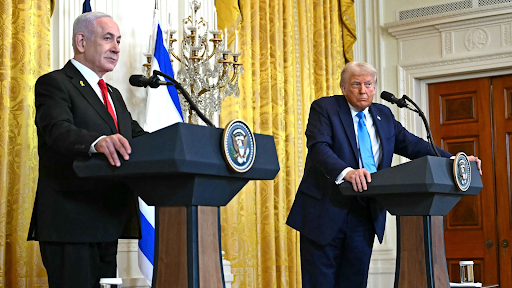As the world urges Hamas to accept the US-brokered plan, a critical debate is emerging: is this a genuine peace proposal or a plan for pacification? The answer depends on one’s perspective on the core conflict and the legitimacy of Hamas’s role within it.
From the viewpoint of the US, Israel, and their allies, the plan is a blueprint for peace. It removes a designated terror organization, ends a brutal war, addresses a humanitarian crisis, and creates the conditions for a stable Gaza. In this view, disarming Hamas is a necessary step to stop the violence, much like disarming any belligerent group at the end of a war.
From a different perspective, particularly one sympathetic to the Palestinian resistance, the plan could be seen as a blueprint for pacification. This view argues that the deal does not address the root causes of the conflict—namely, the occupation and the denial of statehood. It simply eliminates a major armed resistance group, leaving the Palestinian people disarmed and subjugated under continued Israeli security control, as suggested by Prime Minister Netanyahu.
The plan’s demand for surrender without a guaranteed political horizon for Palestinians feeds this interpretation. It looks less like a negotiated peace between two parties and more like the terms of surrender imposed by a victor on the vanquished.
The distinction is crucial. A true peace implies a just and lasting resolution for all sides. Pacification implies merely crushing resistance to enforce control. The 20-point plan exists in the grey area between these two definitions, and its ultimate legacy will depend on what follows if the deal is accepted.

